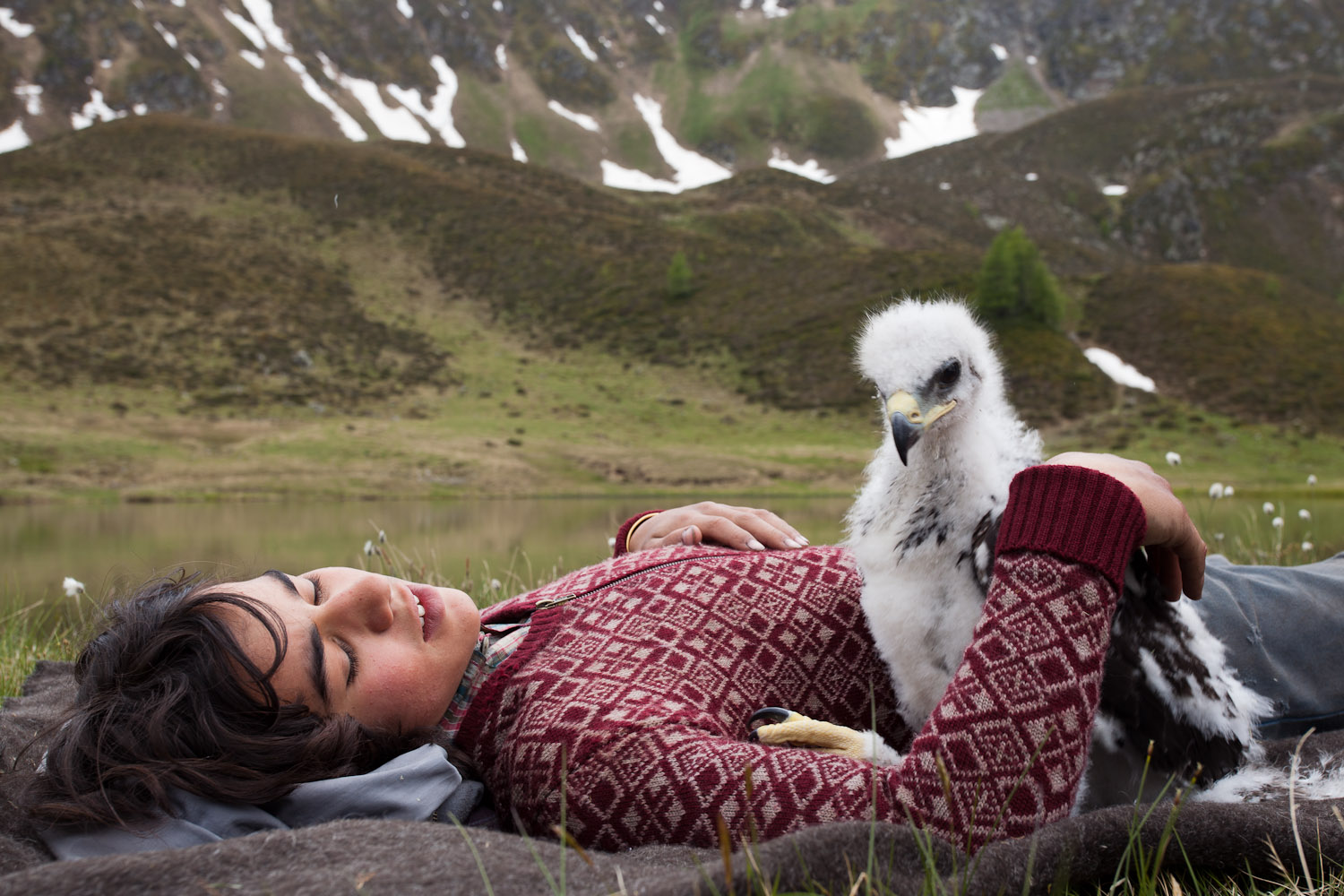Code of conduct for the welfare of animals in films
Film shootings involving animals are always a very delicate issue. At Terra Mater Factual Studios we take this topic very seriously. Ensuring the health & safety of animals and the conservation of wildlife and its habitat means safeguarding the most precious resource that we have. Therefore, this code of conduct serves as unalterable guideline for every shoot that implies the work with animals on set. This guideline focuses primarily on scripted drama, as wildlife documentaries require the omission of any interference in the animal’s natural behaviour and habitat.
I. Health and safety
- Animals should never be endangered, injured, or abused or deliberately killed for a production. When a script is being prepared, care must be taken about the possible impacts on the welfare of the animals.
- All animals should be fit and healthy and should only be required to do what they are capable of being reasonably trained to do.
II. Personnel
- Only competent animal handlers or trainers should manage animals. The welfare of animals is their prime consideration and they have the power to halt production if they believe the animals are at risk. Animal handlers should decide if there is a need to call a vet at any time.
- Only well-trained animals should be used for stunts or special effects. Several identical animals may have to be used to accomplish difficult scenes.
- All personnel working with animals should be informed that patience is essential and that training or handling methods involving pain or distress are not permitted.
- If an animal is to be used for a specific purpose, advice must be obtained from an experienced animal trainer. This includes advice on the most suitable types of animal, their number, sex and age, their availability, the time needed for acclimatisation and any special requirements, as well as minimising disturbance to the animals living on or near the set.
III. Shelter & transport
- Animals should be given appropriate food and sufficient water. Proper shelter, clean and free of contaminated materials, should be provided. This shelter should be built under supervision of an experienced veterinarian.
- All animals must be transported carefully and in accordance with all relevant Codes of Practice.
IV. On Set
- The set should be inspected each day to make sure it is suitable for the animals. Any disturbing factors should be avoided.
- Fireworks or other special effects designed to frighten animals must not be used.
- Animals need to be controlled so they cannot attack or escape. Capture equipment should be available on set. Equipment that is likely to harm or distress animals, must not be used.
- Sedatives and anaesthetics for performance enhancement are prohibited. Other drugs are not to be administered to animals on set except by or under the specific instructions of a vet.
V. Veterinarian
- In all instances a veterinary must be on call or arrangements must be in place for seeking urgent veterinary assistance if required. A vet should be sought immediately if an animal becomes sick, injured or distressed.
- Any injured or sick animals must be treated by an experienced vet surgeon.
- In most cases, the presence of animal handlers is sufficient on set. However, if there appears to be any risk of distress or injury to animals, i.e. scenes involving fast movement or large numbers of animals, pregnant animals, very young or old animals, difficult terrain, adverse weather, reduced visibility, or any frightening special effects, then a vet should be present.
VI. Interaction
- During training and rehearsals, animals and actors should be accustomed to each other’s presence. Animals which are compatible should be allowed time to mix. Incompatible animals should be kept separate to reduce the risk of aggression, fear or distress.
- No animals other than those intended for use should be present on sets during rehearsal, filming or performance. No unauthorised people are to interfere with the animals and no one under the influence of drugs or alcohol may be present on the set while animals are working.
VII. Environment of the Set
- If native animals are to be used or if the production is likely to disturb native animals living near the set, it is required to consult with the National Parks and Wildlife Service.
- Animals unfamiliar with the environment on set should be kept in conditions with which they are familiar, and they should become acquainted with the set before performing.

